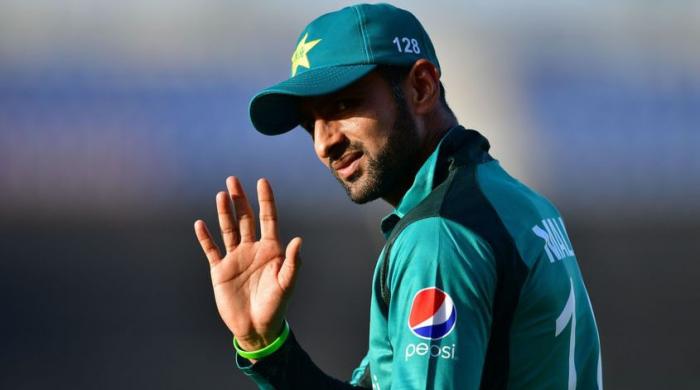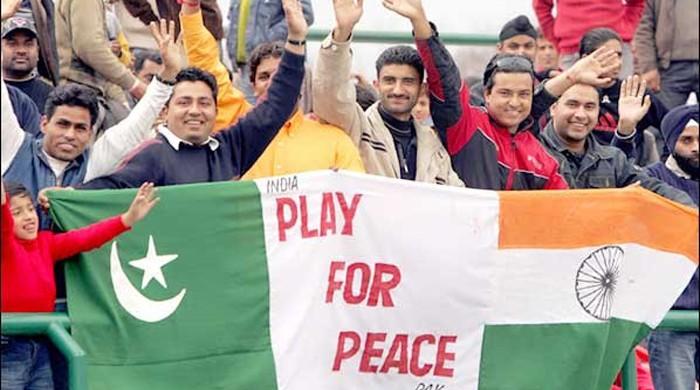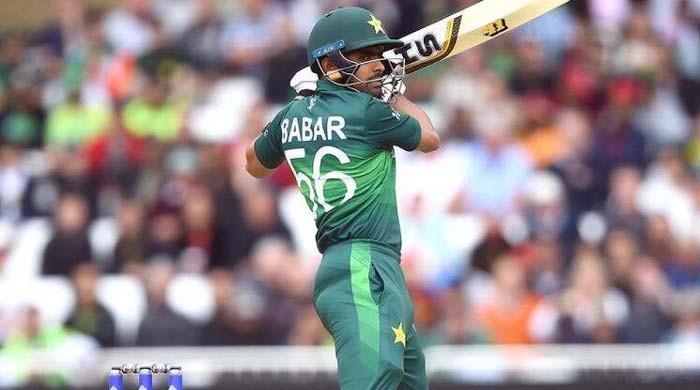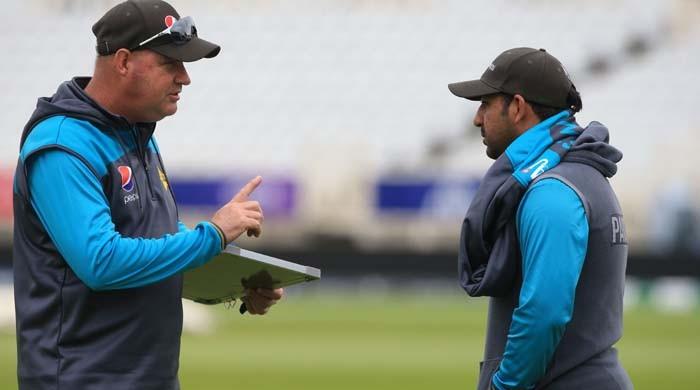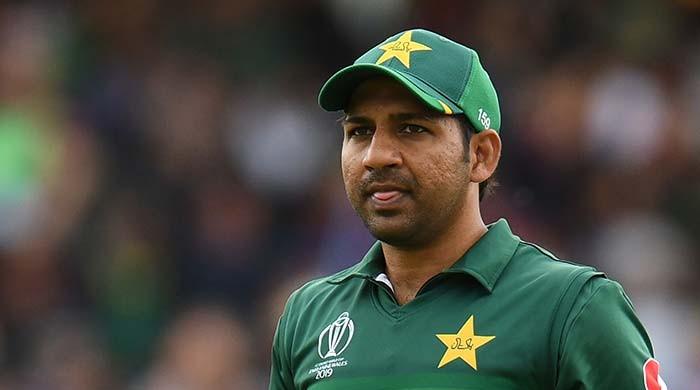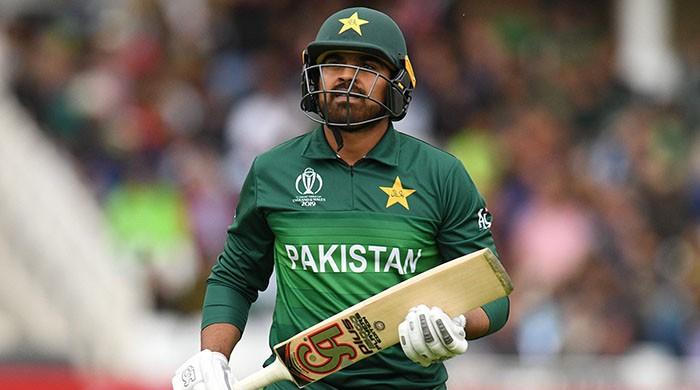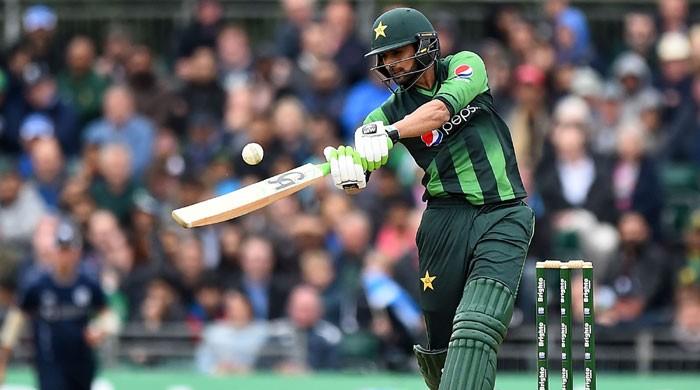Australia's visit to Pakistan — a young sports journalist's dream-come-true moment
Keeping an eye on every moment on ground without letting your emotions dictate your work is hardest part of sports journalist's career
March 19, 2022

It's hard to be a cricket fan and a journalist at the same time. While fans are allowed to openly express their emotions, a journalist does not have that liberty as they have to strike a balanced approach to their reporting.
Keeping an eye on every moment on the ground without letting your emotions overlap with your work is the hardest part of a sports reporter's career. If any sports journalist is reading this, they can relate to it and can understand it better than anyone else.
"Mian, aaj kal ke bachon ko kahan Australia, England jaisi teams ko cover karne ka moqa mila, cricket toh humare zamane mai hoti thi" [Today's journalists haven't got the chance to cover teams like England, Australia at home. We witnessed real cricket in our days]," I often get to hear such comments from seniors around me.
Being a sports journalist for around four years and having written on the revival of international cricket in the country, I was pretty confident that someday, I — a young journalist — will also get a chance to cover matches of international teams like Australia and England touring Pakistan, that too live from national stadiums.
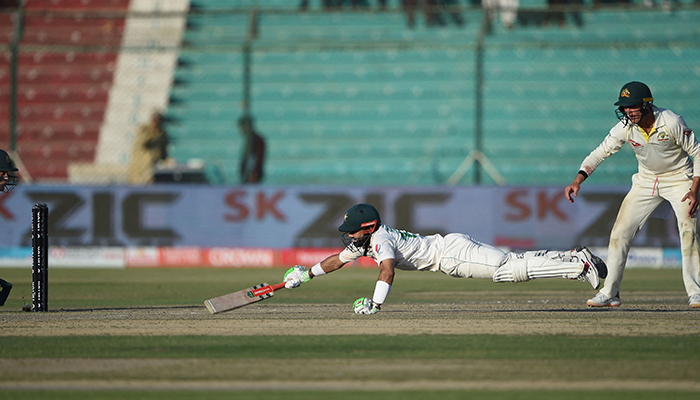
The year 2021 was about to serve as a ray of hope for sports journalists in Pakistan as New Zealand and England teams were all set to break the stereotype of security concerns in Pakistan created by the "Big-Three" of the cricket world. However, the teams' withdrawal at the eleventh hour shattered that hope.
Interestingly, investigations carried out by Pakistan's intelligence agencies revealed that the threats received by the New Zealand team were reportedly sent via email to a player's family from India. And despite the vagueness of the issue, neither New Zealand Cricket provided any proof of those threats nor the International Cricket Council (ICC) adopted any solid stance over the matter.
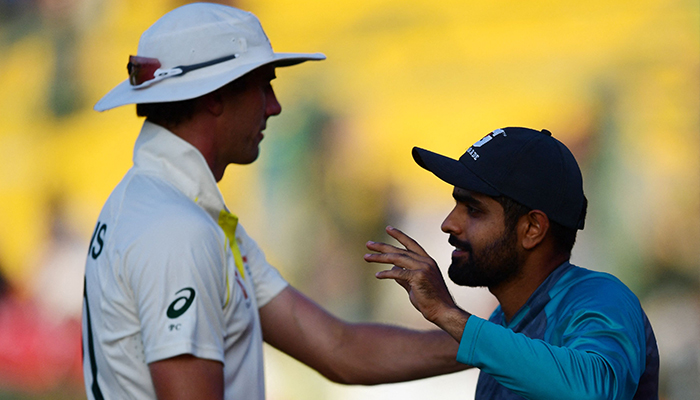
However, the newly-appointed Pakistan Cricket Board (PCB) Chairman Ramiz Raja urged the national team, as well as Pakistani cricket fans, not to lose hope.
In his response to New Zealand's withdrawal from the Pakistan tour, Raja clearly said: "We won't let anyone isolate Pakistan's cricket."
It is pertinent to mention here is that Australia was lined up to tour Pakistan in 2022. But at that time, nobody would have believed that they would ever come to the country after what New Zealand and England did.
Fast forward to February 2022, Cricket Australia finally confirmed their tour to Pakistan after 23 years. The news was like a dream-come-true for fans and young journalists alike, who had never witnessed Australia playing on home soil ever before.
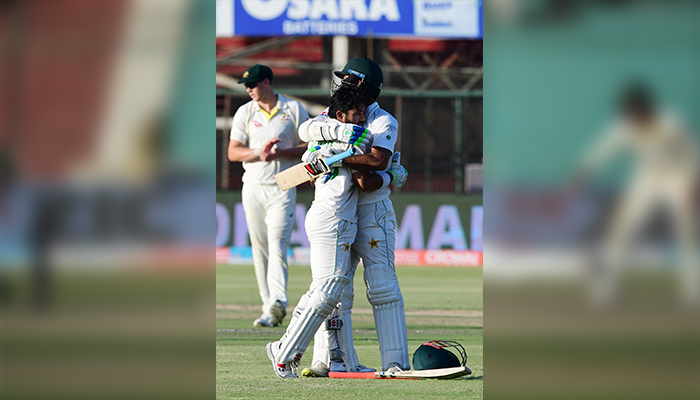
Finally, the "aaj kal ke bache" (young journalists) were given a chance to not only cover the historic matches but also make memories for the next generations.
From stats-based stories to As-lives during preparations, I did everything similar to what I used to do during the Pakistan Super League (PSL) matches and other international teams' tours to Karachi. But I must say, the hype and excitement this time were unprecedented and totally unmatched.
Throughout from National Stadium's gallery, if some journalist was recording Steve Smith and Mitchell Starc, the other was sharing memories from 1998's tour of Australia. Even while sleeping, I was dreaming about how to write stories and record things the next day.
Then comes March 12, the day when the coin was flipped up in the sky for the second Test at the National Stadium. "Tails" was the call by Australian skipper Pat Cummins and alongside me, around 5,000 Karachiites heard that sound and memorised it.
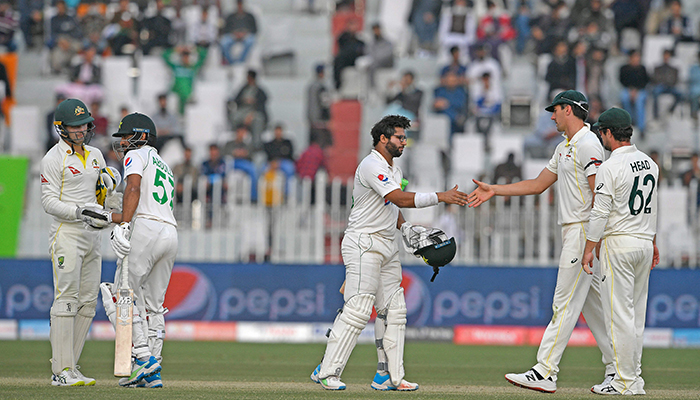
Australia opted to bat first and what happened next was a little frustrating for the spectators out there. The Aussies batted for two days and less than an hour on the third day, piling up 556-9(d).
During their batting, I witnessed Usman Khawaja's bat rising in the sky thrice. I rushed from the media box to the gallery [thanks to the PCB] when Khawaja raised his bat for celebrating his 150 runs.
I sat in the gallery thereafter to watch Pakistan's batting but I wish I could have stayed inside the media box as Pakistan were bowled out within 57 overs, scoring just 148 runs. Who knows, maybe I was unlucky for the boys sitting in the gallery.
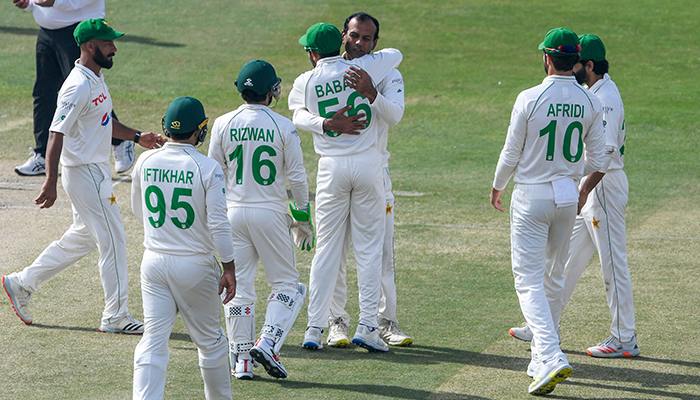
With a heavy heart, I witnessed fans' emotions to see their team's batting line collapse. I also got some of the fans on camera to talk about it, and the best part: they were happy to see Australia playing here. For a little while, I was pretty impressed by their reaction but then I knew they will be the ones criticising the players on social media later on.
However, Babar and his men turned the tables on Day 4 and 5, with the skipper himself punishing the visitors followed by their decision to not enforce a follow-on.
Record-maker Babar scored 196, prodigy Abdullah Shafique smoked 96 and "Mr Reliable" Mohammad Rizwan notched a century as my eyes witnessed a historic match unpredictably saved by Pakistan.
Luckily, the "aaj kal ke bache" signed off from the National Stadium with lots of historic moments and stories to tell to the next generation.




